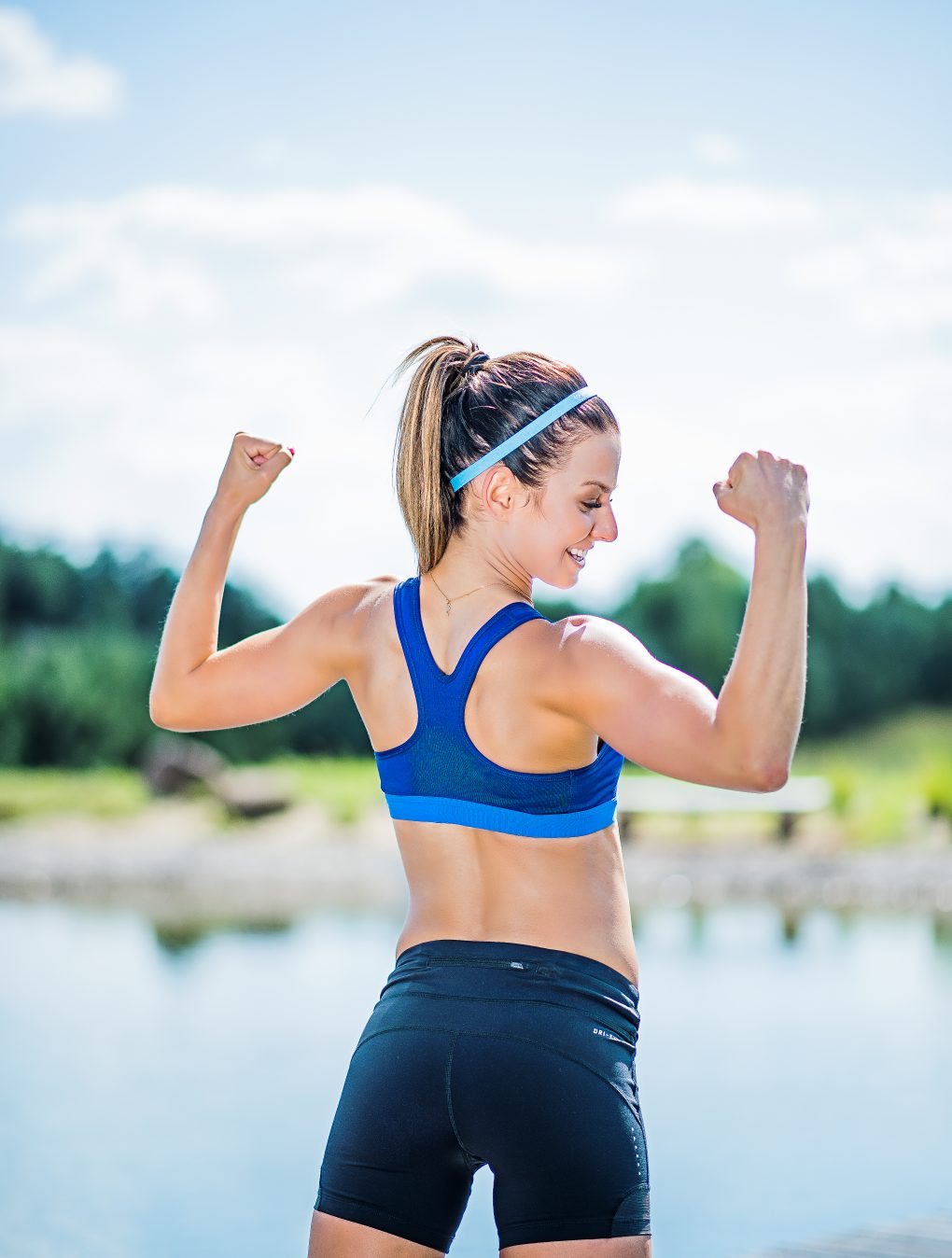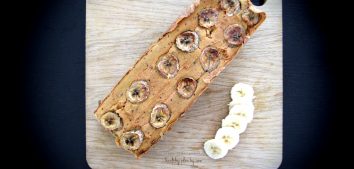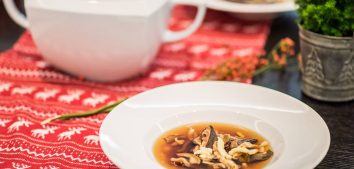
Diet for athletes
The media have been reporting for years about what is healthy and what we should avoid. Information in newspapers or on the Internet become outdated in a few months. “It has been discovered…”, “It was found poisonous…”, “Eat only… .” That’s confusing.
Photos by Adam Mruk
I felt that confused as a teenage athlete. I felt that this what I eat has an influence on my health and condition, but I knew too little to treat my dieting rationally. Sports and dieting studies, trainings and courses, and above all my experience help me to arrange menus responsibly for both of us – two athletes. Our menus are different, because we are different, e.g. we need different amount of proteins or particular minerals.
When I arrange individual sports diets, I draw on my experience and knowledge as well as reading study results (e.g. hair tissue mineral analysis and food intolerance) or my own observations. For athletes their body is their tool. Intensive workouts, which are different in different phases of the macrocycle, engage the body to its limit. It’s wise to supply it with a good fuel in order to meet the challenge and avoid injuries. Every athlete has their own special features: a type of metabolism, record of diseases, allergies etc. It all should be taken into consideration. I can experiment on myself – but not on others. One day I will write about my dietary experiences, discoveries and mistakes.
However, there are basic dietary rules that I follow in all diets I prepare for athletes. I’m presenting this set of rules below. I had created it myself and when I compared it with recommendations of the best sports dietitians, it turned out that my intuition and knowledge directed me to the right path.
Forbidden
- corn (GMO. Modified corn – MON810)
- sweets from the shop (Appetite for sweets – what to do with it?)
- fast food
- dairy animal products (more here )
- sweetened drinks
- processed food
- grains containing gluten (for people with reduced tolerance to gluten – HERE and HERE)
Allowed:
- gluten-free carbohydrates (What is gluten?): red and wild rice, quinoa, amaranth, teff, sweet chestnuts, unroasted buckwheat, millet, gluten-free oat. People who tolerate gluten well may eat all other grains, but it’s better to avoid wheat. Remember that a demand for carbohydrates as well as insulin sensitivity is different for professional athletes and people with moderate physical activity
- fish – preferably oily, seafood
- meat: game and beef, veal, lamb, steak tartare, liver, poultry from organic farming
- fats (their importance): ghee clarified butter in glass containers ( Recipe for ghee butter), olive oil, vegetable oils: coconut (its properties), from milk thistle, evening primrose, rapeseed oil etc.
- root vegetables and bulbs like sweet potatoes, Jerusalem artichokes
- pickles (between meals as a snack e.g. pickled carrot with ginger, it’s important to not combine pickles with fat)
- raw: vegetables, fruits, meat, fish (carpaccio, steak tartare, sushi)
- eggs, boiled soft best, (What eggs to choose?)
- walnuts and seeds: cashew nuts, almonds, macadamia nuts, Brazil nuts, walnuts, pumpkin seeds, linseed, Plantago psyllium, chia seeds, (if there are no contradictions, you have proper metabolism and no food intolerance, which is very common nowadays)
Vegetables should make up 75% of daily diet and all the food on the plate. One meal a day should be a fruit meal (also fried fruit). Carbohydrate meals before and after a workout.
If you want to compose your menu responsibly, you should start from doing some tests. Also those for food intolerance. Try Hair Tissue Mineral Analysis. Go to Contact tab on this blog. You will find forms you need.










Comments 3 Comments
Join the discussion…
Witaj Aniu, jakie białko dla sportowców byś polecała?
Udało mi się 🙂 znalazłam ten artykuł po angielsku. Super!
Hey Anna, great stuff here! I was just very curious as to what exactly Robert would eat before and after training and games? I play football as well but obviously not as good as Robert. Thanks anyway